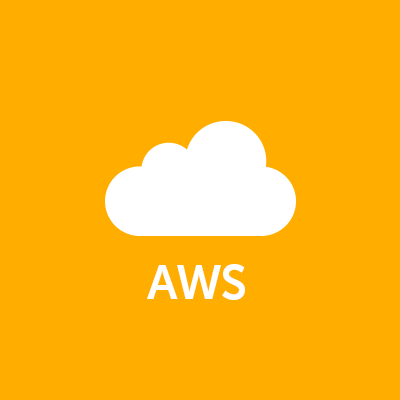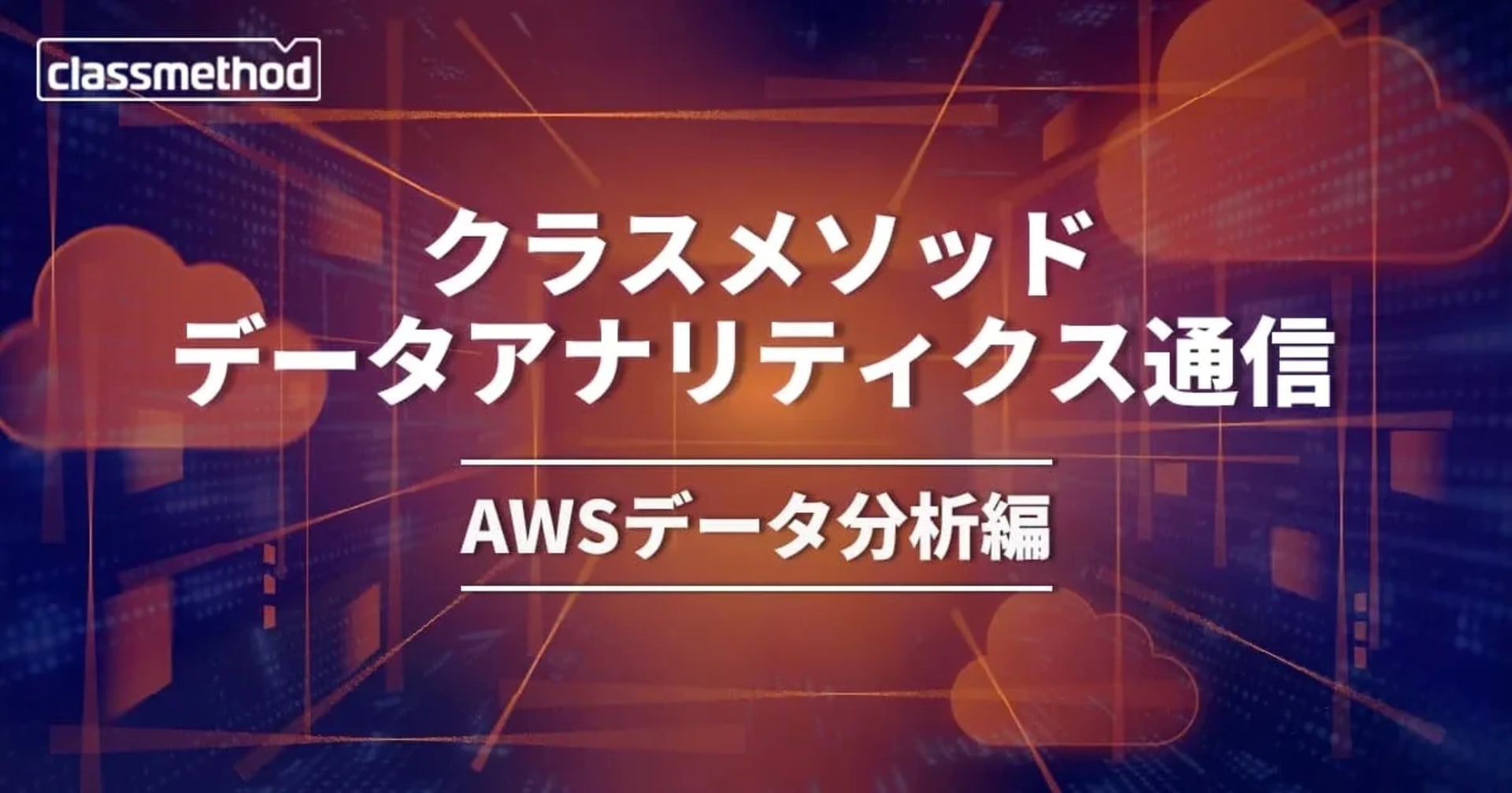
AWS CloudFormationのAmazon Redshift対応、ついに来た!
この記事は公開されてから1年以上経過しています。情報が古い可能性がありますので、ご注意ください。
本日付けでCloudFormationがAmazon RedshiftとElastic Beanstalkに対応するようになりました。これまでは管理コンソールやAWS CLIで扱っていたRedshiftの諸々の要素が、これでCloudFormationでも扱えるようになります。当エントリではそれら対応するようになったリソースの一覧を見てみると共に、実際にCloudFormationを実行してみてどんな感じなるのかを見てみたいと思います。
- Amazon Web Services Blog: AWS CloudFormation Adds Support for Redshift and More
- AWS CloudFormation supports Amazon Redshift and updating AWS Elastic Beanstalk
目次
Amazon Redshiftに関する CloudFormation resource一覧
今回登場したの以下リソースとなります。
AWS::Redshift::ClusterSubnetGroup
Amazon Redshiftクラスタを配備するクラスタのサブネットグループを定義します。
Syntax:
{
"Type": "AWS::Redshift::ClusterSubnetGroup",
"Properties": {
"Description" : String,
"SubnetIds" : [ String, ... ]
}
}
記述例:
{
"AWSTemplateFormatVersion" : "2010-09-09",
"Description" : "Amazon Redshift Cluster Demo(Cluster Subnet-group).",
"Resources" : {
"RedshiftClusterSubnet" : {
"Type" : "AWS::Redshift::ClusterSubnetGroup",
"Properties" : {
"Description" : "Redshift Cluster Subnet.",
"SubnetIds" : [ "subnet-xxxxxxxx", "subnet-yyyyyyyy" ]
}
}
},
"Outputs" : {
"SubnetGroup" : {
"Description" : "Output of RedshiftClusterSubnet",
"Value" : { "Ref" : "RedshiftClusterSubnet" }
}
}
}実行結果:
AWS::Redshift::ClusterSecurityGroup
Amazon Redshiftクラスタへのアクセス制御を行うセキュリティグループを設定します。このリソースはそのルールを入れる"器"のみを定義します。
{
"Type": "AWS::Redshift::ClusterSecurityGroup",
"Properties": {
"Description" : String
}
}
AWS::Redshift::ClusterSecurityGroupIngress
Amazon Redshiftクラスタへのアクセス制御を行うセキュリティグループを設定します。上記で作成した"器"に入る、実際のルールに該当する部分をこのリソースで作成します。
{
"Type": "AWS::Redshift::ClusterSecurityGroupIngress",
"Properties": {
"ClusterSecurityGroupName" : String,
"CIDRIP" : String,
"EC2SecurityGroupName" : String,
"EC2SecurityGroupOwnerId" : String
}
}
SecurityGroup及びSecurityGroupIngressを試してみましたが、実行時にこんなエラーが出てました。この両要素はEC2 Classic環境でのみ利用可能な要素のようですね。
こちらがRedshiftに於けるEC2 Classicでセキュリティグループを作成する場合の画面。当エントリではEC2 Classicに関する手順は割愛したいと思います。
AWS::Redshift::ClusterParameterGroup
Amazon Redshiftクラスタが参照・利用する事になるパラメータグループです。
Syntax:
{
"Type": "AWS::Redshift::ClusterParameterGroup",
"Properties": {
"Description" : String,
"ParameterGroupFamily" : String,
"Parameters" : [ Parameter, ... ]
}
}
記述例:
{
"AWSTemplateFormatVersion" : "2010-09-09",
"Description" : "Amazon Redshift Cluster Demo(Cluster Parameter-group).",
"Resources" : {
"RedshiftParameterGroup" : {
"Type" : "AWS::Redshift::ClusterParameterGroup",
"Properties" : {
"Description" : "Redshift ParameterGroup.",
"ParameterGroupFamily" : "redshift-1.0",
"Parameters" : [
{ "ParameterName" : "datestyle", "ParameterValue" : "ISO, MDY" },
{ "ParameterName" : "enable_user_activity_logging", "ParameterValue" : "false" },
{ "ParameterName" : "extra_float_digits", "ParameterValue" : "0" },
{ "ParameterName" : "query_group", "ParameterValue" : "default" },
{ "ParameterName" : "require_ssl", "ParameterValue" : "false" },
{ "ParameterName" : "search_path", "ParameterValue" : "$user, public" },
{ "ParameterName" : "statement_timeout", "ParameterValue" : "0" },
{ "ParameterName" : "wlm_json_configuration", "ParameterValue" : "[{\"query_concurrency\":5}]" }
]
}
}
},
"Outputs" : {
"RedshiftParameterGroup" : {
"Description" : "Output of RedshiftParameterGroup",
"Value" : { "Ref" : "RedshiftParameterGroup" }
}
}
}
実行結果:
AWS::Redshift::Cluster
クラスタ本体です。
Syntax:
{
"Type": "AWS::Redshift::Cluster",
"Properties": {
"AllowVersionUpgrade" : Boolean,
"AutomatedSnapshotRetentionPeriod" : Integer,
"AvailabilityZone" : String,
"ClusterParameterGroupName" : String,
"ClusterSecurityGroups" : [ String, ... ],
"ClusterSubnetGroupName" : String,
"ClusterType" : String,
"ClusterVersion" : String,
"DBName" : String,
"ElasticIp" : String,
"Encrypted" : Boolean,
"HsmClientCertificateIdentifier" : String,
"HsmConfigurationIdentifier" : String,
"MasterUsername" : String,
"MasterUserPassword" : String,
"NodeType" : String,
"NumberOfNodes" : Integer,
"OwnerAccount" : String,
"Port" : Integer,
"PreferredMaintenanceWindow" : String,
"PubliclyAccessible" : Boolean,
"SnapshotClusterIdentifier" : String,
"SnapshotIdentifier" : String,
"VpcSecurityGroupIds" : [ String, ... ]
}
}
記述例:上記手順でSubnetGroup及びParameterGroupを生成しているものとしています。
{
"AWSTemplateFormatVersion" : "2010-09-09",
"Description" : "Amazon Redshift Cluster Demo(Cluster).",
"Resources" : {
"RedshiftCluster" : {
"Type": "AWS::Redshift::Cluster",
"Properties": {
"AllowVersionUpgrade" : false,
"AutomatedSnapshotRetentionPeriod" : 1,
"AvailabilityZone" : "us-west-2a",
"ClusterParameterGroupName" : "(上記過程で作成したパラメータグループの名前)",
"ClusterSubnetGroupName" : "(上記過程で作成したサブネットグループの名前)",
"ClusterType" : "multi-node",
"ClusterVersion" : "1.0",
"DBName" : "cmredshiftdb",
"Encrypted" : false,
"MasterUsername" : "cmrsuser",
"MasterUserPassword" : "(*********)",
"NodeType" : "dw2.large",
"NumberOfNodes" : 2,
"Port" : 5439,
"PubliclyAccessible" : true,
"VpcSecurityGroupIds" : [ "sg-XXXXXXXXX" ]
}
}
},
"Outputs" : {
"RedshiftCluster" : {
"Description" : "Output of RedshiftCluster",
"Value" : { "Ref" : "RedshiftCluster" }
}
}
}
実行結果:
Redshiftクラスタの内容はこのような感じです。ちゃんと作成されていますね。
Public Accessible属性をtrueにしているので、外部からの接続も試してみます。
無事接続完了しました!
ひと通りの確認作業が終わったのでDelete Stackで諸々のインスタンスを削除。
まとめ
以上、AWS CloudFormationのAmazon Redshift対応についてひと通り触ってみました。管理コンソールで1つずつ行わざるを得なかった作業がCloudFormation一発で環境構築出来るようになるのは良いですね。CloudFormationで出来る事・出来ない事もそれぞれあるので、その辺りはAWS CLIと組み合わせる事で更に快適な・スムーズなAmazon Redshiftクラスタ管理が出来るのではと思っております。



















